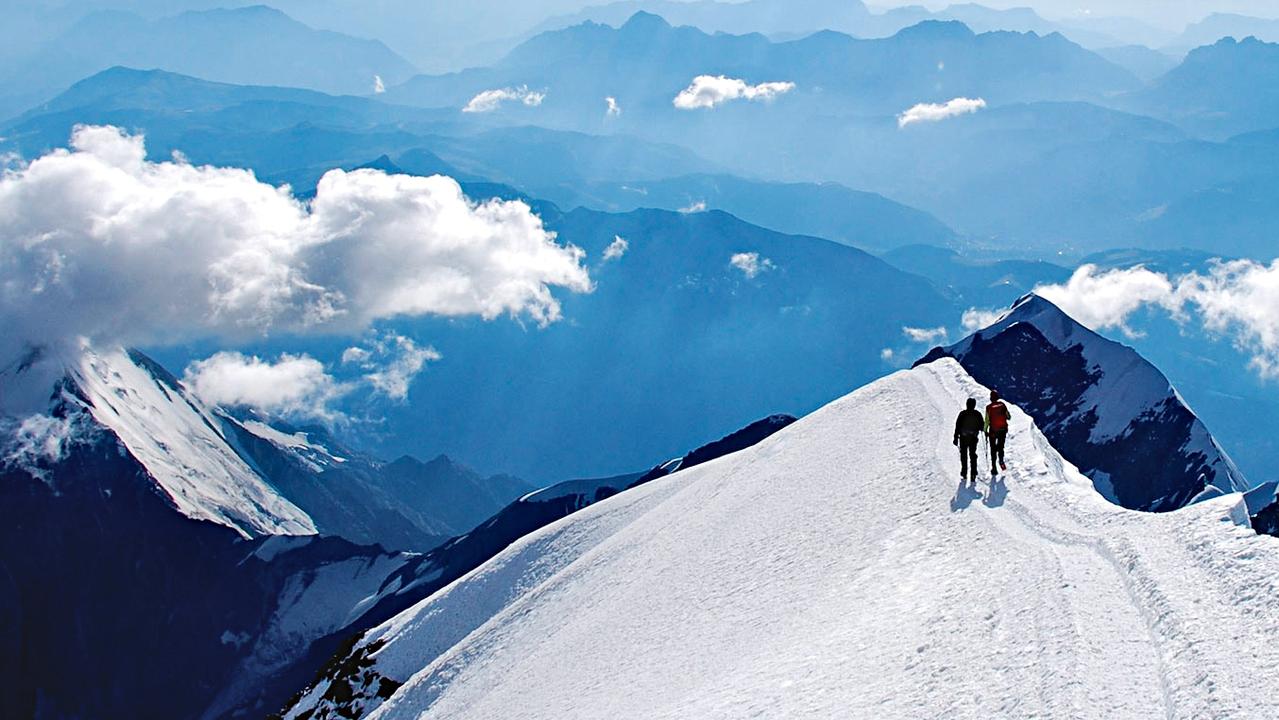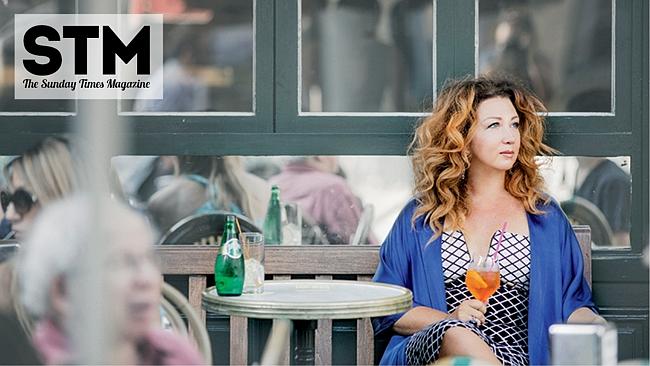On the trail of The Godfather
MENTION Sicily and everyone thinks Mafia, or Francis Ford Coppola's film triology leaps to mind. Diane Armstrong goes in search of the The Godfather.

JUST before we arrived in Sicily they captured Bernardo Provenzano, the Mafia chief who has been on the run for 40 years. This reminded me of Francis Ford Coppola's three-part epic The Godfather, and reading about the real-life godfather, I marvelled at the way life and art are intertwined.
Mention Sicily and everyone thinks Mafia. Mention the Mafia, and The Godfather leaps to mind. But although the family in the movie was called Corleone, the film wasn't shot in the village which is Mafia heartland.
It has been intimated that the decision to film it elsewhere was caused by fear of Mafia hostility, but there was a more immediate problem.
Despite its evocative name, the township of Corleone was unsuitable from a cinematographic point of view. With its power lines and modern buildings, it was too built up to evoke the atmosphere of secret intrigues, forbidden clans and violent reprisals that Coppola wanted to convey.
For some of his key scenes in Sicily, he chose locations that evoked village life that hasn't changed in centuries. That traditional atmosphere exists in most villages around Sicily, as I discovered during a recent trip.
Men still hang around the piazzas, locals gossip over espressos in tiny cafes, and the steep cobbled streets, medieval castles and baroque churches haven't changed in centuries.
Italy is dotted with such villages, and some of them are strung around Mount Etna. During a tour around this massive volcano, we were hiking past a river of menacing black lava several metres high from an eruption four years ago, when our guide, Carmelo, pointed to a cluster of houses in the distance.
"That's Motta Camastra, the village Michael Corleone saw when he looked up from the road in The Godfather (Part I)," he said.
Later, when we drove past Motta Camastra, I saw that it was a peaceful hamlet among silvery olive trees and citrus groves, nestling in Mount Etna's foothills.
It was above the Golo dell Alcantara, a deep ravine where a waterfall gushed into a fast-flowing stream.
I didn't recall that particular scene with Al Pacino, but I certainly remembered the next one Carmelo mentioned. No one who saw The Godfather could forget the shocking scene where Michael Corleone's enemies planted an explosive under his car and, instead of blowing him up, they blew up his bride, Apollonia.
That scene was filmed outside the Castello dei Schiavi, a baroque castle in the village of Fiumefreddo, close to Taormina on the Ionian coast.
Sicily abounds in improbably beautiful little hamlets perched on the tops of steep hills, but the last place I would have expected to find a scene from The Godfather was the area around this ritzy resort.
Yet, all the villages used in the Sicily scenes were within a stone's throw of this stunning place, which is built on a series of ridges overlooking the sea.
Mount Etna was clearly visible from our hotel balcony and one night I watched enthralled as tongues of crimson lava poured down the mountainside. Come to think of it, a volcanic eruption seemed a fitting phenomenon for a movie that depicted violence, power and explosive emotions.
Only a short bus ride from Taormina was the tiny hilltop village of Savoca where the Bar Vitelli is situated. It was in this imposing vine-draped mansion that Michael Corleone asked Apollonia's father Vitelli for his daughter's hand in marriage. Michael and Apollonia were married in the pretty Chiesa di Santa Lucia in this village, and later walked back to this bar to celebrate.
Nearby, the charming village of Forza d'Agro was the setting for some of the wedding scenes, and its church, Madre di Forza d'Agro, featured in The Godfather: Part III. The cafe in the piazza, opposite the fountain, was the backdrop for some of the wedding scenes. It proudly displays photos from the movie on its walls, including one of Al Pacino.
On my last day in Sicily, I did a tour of the Teatro Massimo in Palermo. With its six tiers of gilded boxes upholstered in crimson velvet, exquisitely painted domed ceiling and Murano glass chandeliers, this opera house is a masterpiece of art.
The architect designed a circular foyer whose acoustics are so remarkable that the softest whisper can be clearly heard in any part of the room – a warning to plotters and schemers.
It is fitting that Coppola chose this temple of passion and drama for the last scene of his own masterpiece.
The writer was a guest of Emirates and Peregrine.
The Sunday Telegraph



